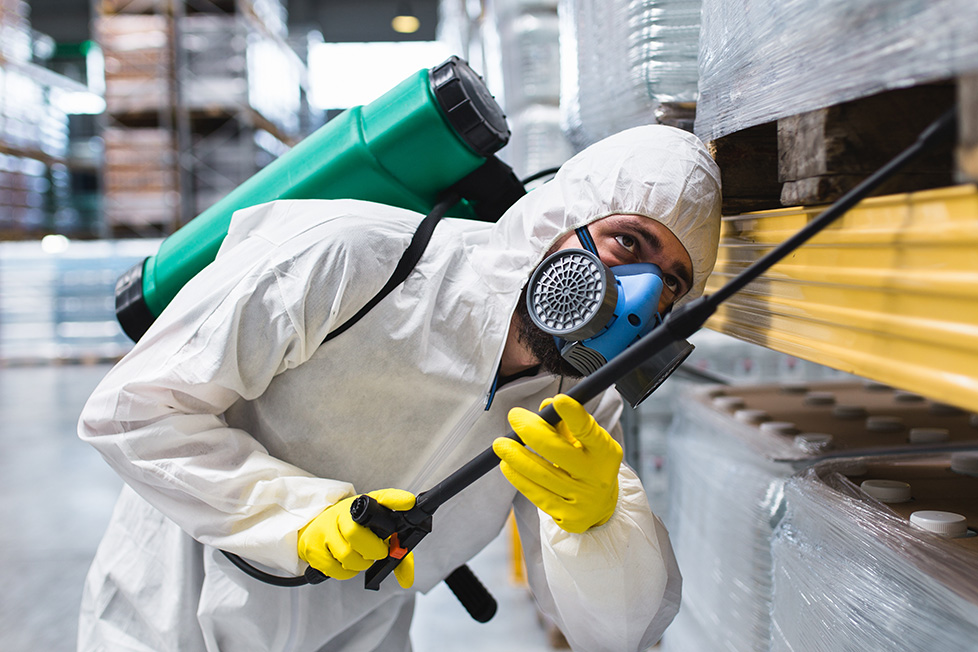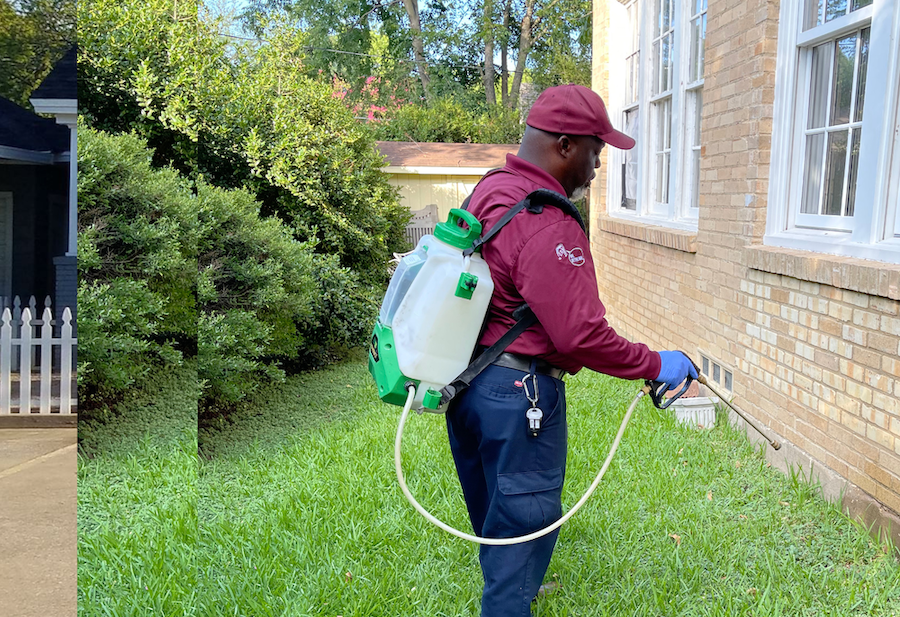Remove pests with the best Pest Control on the market.
Eco-Friendly Insect Control Approaches for Handling Wildlife in Urban Areas
Urban locations typically find themselves at the junction of human activity and wild animals, causing unique challenges in insect management. Environmentally friendly approaches highlight sustainable conjunction, utilizing techniques such as habitat alteration and natural repellents to minimize human-wildlife problems. These methods not only protect the atmosphere however likewise enhance neighborhood interaction in wild animals management. As metropolitan populaces continue to grow, recognizing the dynamics of wild animals communications becomes significantly important. What innovative approaches can be implemented to ensure both eco-friendly equilibrium and urban security? Exploring this inquiry discloses a compelling landscape of possible solutions.
Comprehending Urban Wildlife Characteristics
Understanding Urban Wild animals Dynamics is vital for developing efficient and green parasite control approaches. Urban locations are increasingly ending up being habitats for different wild animals species, driven by elements such as habitat fragmentation, food schedule, and human infringement. Recognizing these characteristics enables a nuanced technique to pest management that lines up with environmental concepts.
Urban wild animals typically consists of species such as raccoons, squirrels, and birds, which adapt to city atmospheres, locating niches in environment-friendly rooms, parks, and even suburbs. Their existence can bring about conflicts with people, especially when they make use of personnels for food and shelter. Comprehending the habits and environmental duties of these species educates approaches that decrease negative communications while advertising biodiversity.
In addition, recognizing the interdependencies within urban ecosystems helps in determining essential areas for environment conservation and remediation. This expertise adds to the development of integrated bug management (IPM) techniques that consider the environmental equilibrium, therefore lowering reliance on dangerous chemicals. By fostering coexistence between humans and metropolitan wildlife, cities can create much healthier settings that benefit both homeowners and regional ecosystems, leading the method for sustainable urban living.
All-natural Repellents and Deterrents
Natural repellents and deterrents provide a sustainable option to conventional parasite control techniques by using the power of nature to keep unwanted types away. These environmentally friendly solutions commonly use plant-based components, vital oils, and other normally taking place compounds that discourage bugs without harming the environment.
One efficient natural repellent is peppermint oil, which is recognized to repel rats and pests. Its strong fragrance is unpleasant to lots of bugs, making it a prominent option for city settings. Vinegar and citrus peels can offer as deterrents, as their strong smells are generally uninviting to numerous wild animals.
Additionally, diatomaceous planet is a natural powder that can be spread in areas susceptible to bug activity, efficiently drying out and hindering pests without posing threats to non-target varieties. In addition, garlic sprays and neem oil are recognized for their ability to push back a variety of insects, consisting of both bugs and larger wildlife.
Applying these natural repellents not only lowers dependence on chemical pesticides but also promotes a much healthier urban ecosystem, promoting a more balanced official source coexistence in between human beings and wild animals. By using these methods, metropolitan areas can efficiently manage insect populations while reducing environmental impact.
Environment Modification Techniques
Efficient environment alteration strategies play an important duty in sustainable pest monitoring by modifying the setting to make it less for pest problems. By recognizing the environmental dynamics of metropolitan areas, homeowner can apply tactical modifications that discourage insects while promoting biodiversity.
(Home Pest Control)One primary strategy involves keeping proper sanitation. This includes regular waste removal, protecting garbage can, and getting rid of standing water to decrease reproducing sites for bugs and rodents. Additionally, landscaping techniques such as selecting indigenous plants can improve environmental balance, offering habitats for beneficial organisms while minimizing sources for parasites.
An additional important technique is to secure entrance points in buildings. Inspecting and fixing splits in foundations, wall surfaces, and home windows can considerably decrease pest gain access to. Additionally, creating physical obstacles, such as fences or plant buffers, can prevent wild animals activity into human-inhabited areas.
Integrated Pest Monitoring Practices
Structure upon habitat modification methods, incorporated insect monitoring (IPM) techniques use an alternative approach to regulating insect populations while minimizing environmental effect. IPM integrates different approaches, consisting of biological, cultural, mechanical, and chemical controls, to achieve efficient insect monitoring.
Biological control includes the intro of all-natural predators or bloodsuckers to reduce parasite populaces. Social practices, such as crop turning and cleanliness, disrupt pest life process and lessen their environments - Pest control service. Mechanical controls, like traps and obstacles, give instant remedy for bug pressures without chemical treatment
Chemical controls are used as a last resort, concentrating on targeted applications that restrict injury to non-target varieties and the environment. The option of eco-friendly pesticides, when essential, is integral to the IPM framework. Furthermore, keeping track of bug populaces and evaluating potential damage aids notify decision-making, ensuring that treatments are timely and efficient.
Community Participation and Education

(Silverfish control Port Charlotte)Workshops and educational sessions can outfit residents with understanding about indigenous varieties, environment conservation, and effective safe parasite monitoring techniques. Collaboration with schools, regional companies, and federal government companies better improves educational outreach, making certain that essential information gets to diverse audiences.
In addition, community-led efforts, such as area clean-up days and habitat remediation jobs, not just promote biodiversity yet also enhance community ties. Pest control service. By encouraging residents to share their experiences and observations, neighborhoods can develop targeted strategies that address certain local pest problems
Including feedback from residents into bug monitoring plans allows a much more responsive and adaptive approach to wild animals difficulties. Eventually, informed and engaged communities are key to achieving long-term success in eco-friendly pest control, bring about healthier urban environments that appreciate both human and eco-friendly requirements.

Verdict
In final thought, environment-friendly parasite control comes close to offer lasting solutions for taking care of metropolitan wildlife. By prioritizing environment adjustment, making use of natural repellents, and executing incorporated parasite administration methods, areas can foster an unified coexistence with regional animals.